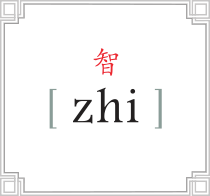 There are so many reasons to be thankful for tea; and accordingly, there are many ways to express our thanks, as well. The next time you find yourself in a tea room or being served tea, consider saying ‘thank you’ by tapping your finger on the table or the tea cup three times. You’ll be showing your gratitude in a very ancient way!
There are so many reasons to be thankful for tea; and accordingly, there are many ways to express our thanks, as well. The next time you find yourself in a tea room or being served tea, consider saying ‘thank you’ by tapping your finger on the table or the tea cup three times. You’ll be showing your gratitude in a very ancient way!
Finger tapping, or tea tapping, dates back to the Qing Dynasty (1644 – 1911 A.D.). According to legend, one of the Emperors during this period was fond of traveling throughout the country in disguise, in order to observe his subjects unnoticed. One day in a public place, the emperor poured himself a cup of tea, and then proceeded to fill a servant’s cup as well. The servant was so moved, he had to show his respect in some way but to kneel formally would betray his master’s expressed desire for privacy.
Cleverly, he used such sign language to silently acknowledge the gesture and express his thanks. He “bowed” with the middle three fingers – two fingers represented the prostrate arms and the other, the bowed head. Here is a video to learn more about Chinese tea culture. Saying ‘thank you’ verbally and nodding silently are also proper ways to show your thanks. As is serving tea to your guests! What are you thankful for this time of year?






